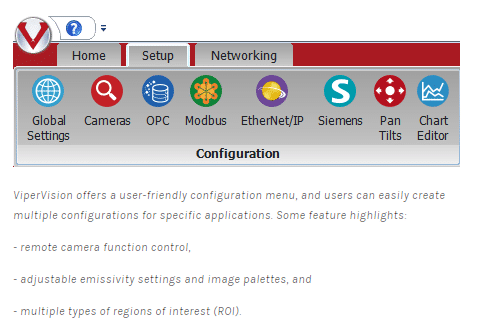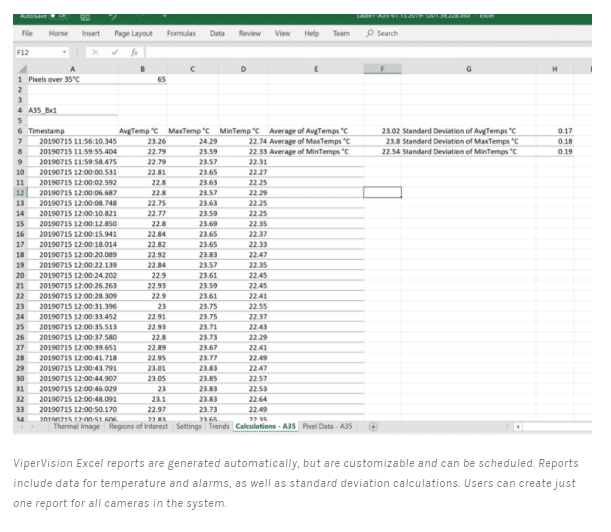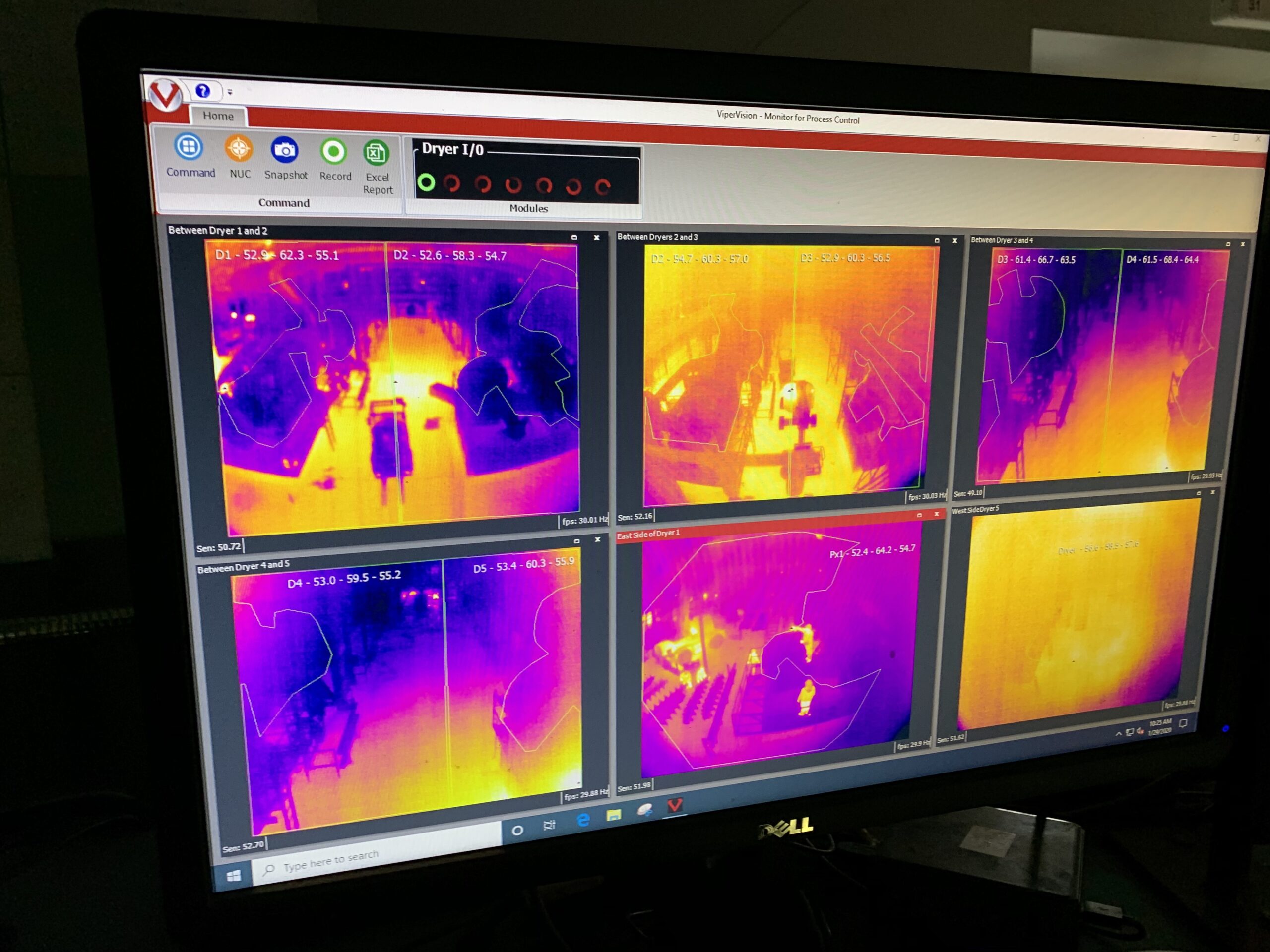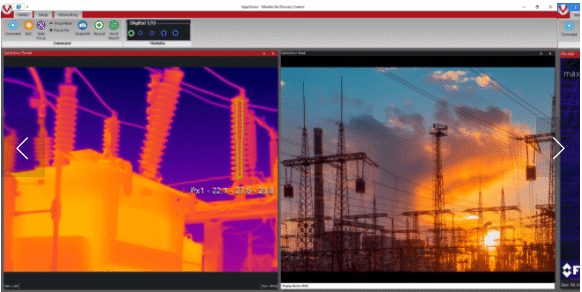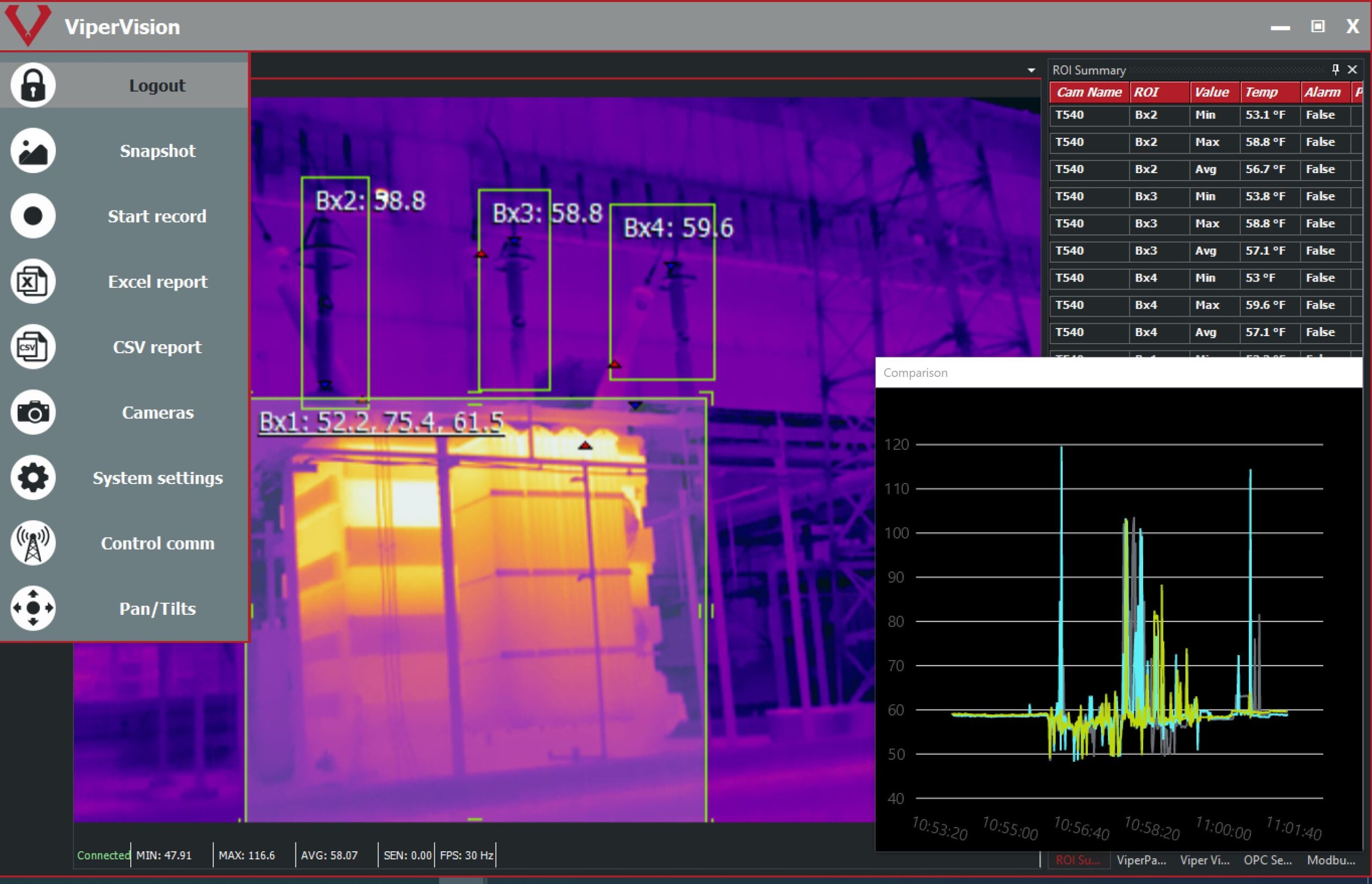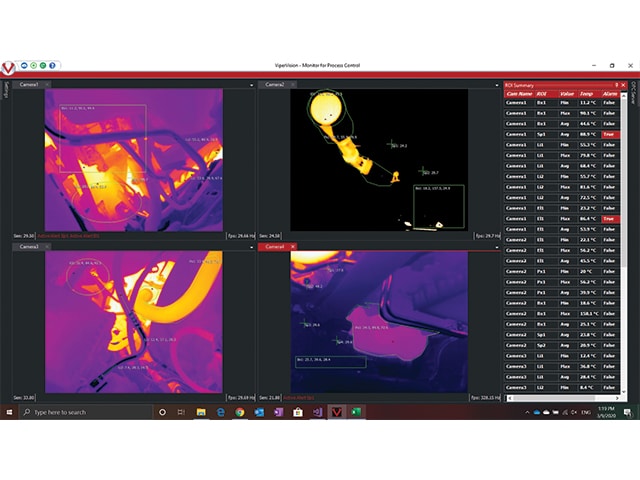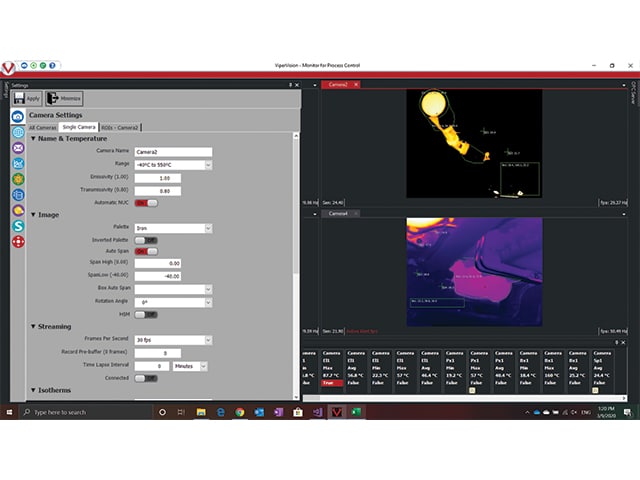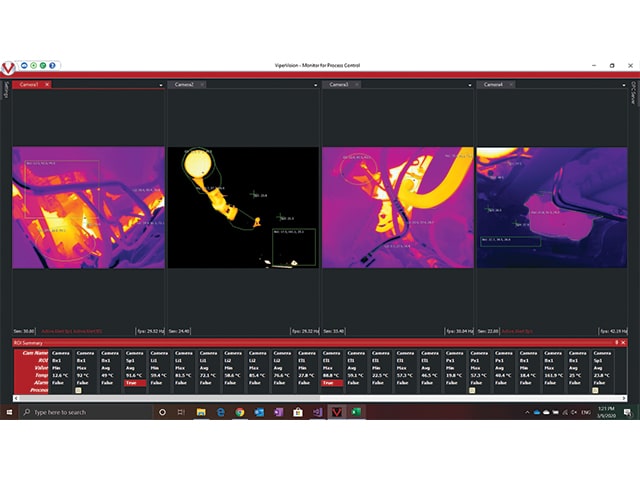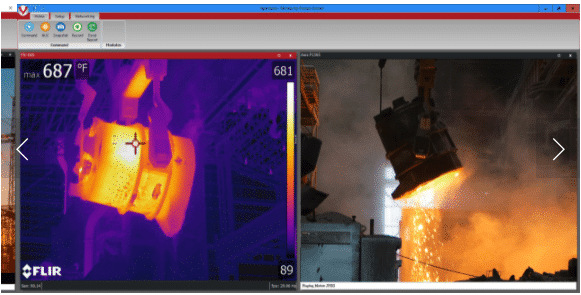ViperVision: A Clear Perspective on Thermal Data
As thermal imaging cameras become increasingly cost-effective, more companies are implementing thermal monitoring into their process control. But, how to convert all that temperature data to actionable insight? This is what prompted Viper to develop proprietary software, ViperVision. Knowing firsthand what our customers need, we designed a powerful software suite to connect to all FLIR A-series thermal imaging cameras. This Windows-based software provides real-time monitoring, data acquisition, and imaging analysis of industrial processes.
To go into more detail and discuss software development, this post includes some Q & A with Viper’s software development team.
In your opinion, what are the key features of ViperVision? ViperVision functionality aligns with our objective of providing the information our customers need – when they need it. Its reliability and stability rank high on the list of importance to our customers. Specifically, I would cite Excel reporting, easy-to-adjust camera settings, and ROI (region of interest) placement, breadth of responses to alarm or external input – not to mention the potential for saving time and money.
How has ViperVision evolved over the years? We’re really proud of how we’ve reduced ViperVision system resources. The earliest versions of ViperVision thermal software used 80% of the CPU. By updating the code with an interrupt approach, we reduced that usage to 5% with no functionality loss. This was particularly beneficial for one of our customers who had a 9-camera monitoring system.
Some other notable recent developments…
-
ViperVision will alarm not only on the basis of temperature but can now alarm on the rate of change and standard deviation.
-
Users can now choose to perform a Pass/Fail operation on an individual camera or all cameras.
-
Some customer applications really benefit from having trending data. We have addressed that need with the ViperVision Max package. It includes both our Control Communication module and our Database/Reporting module. Click here to learn more.
How do you manage technical support? It’s great to be able to say this isn’t a frequent need. But, with the diverse nature of our customer applications, it does come up on occasion. We offer multiple options to our customers, outlined here on our Support resources page. Most often, we’re able to troubleshoot over the phone. In some cases, we may request to log in remotely so we can review the customer’s log files or bin files so we can run diagnostic tests. We can also have customers send their configuration files via email so we can debug them.
To get more technical, is ViperVision thermal software built on top of another platform or system? We use .NET Framework.
Does ViperVision use or depend on third-party libraries? As ViperVision is specifically designed for FLIR thermal imaging cameras, we ensure that our software is up-to-date with FLIR SDK. We want ViperVision to be user-friendly for our customers, so we use Infragistics for our user interface controls and components.
What programming language do you use? We use C # for most of the programming. For our web server, we use JavaScript. We have also incorporated some HTML.
It’s clear that ViperVision thermal software is beneficial for many industrial processes. What are some of the most common applications? We have many customers using it for steel ladle refractory monitoring, hot spot detection, monitoring substation critical assets, fire protection, and detection – and more general industrial process monitoring.
How can someone learn more about ViperVision and its capabilities? We offer a 30-day free trial of our software. Unlike many free trials, Viper does not require any payment information. Sign up with your email address, and we provide a download link.
What our customers are saying…


